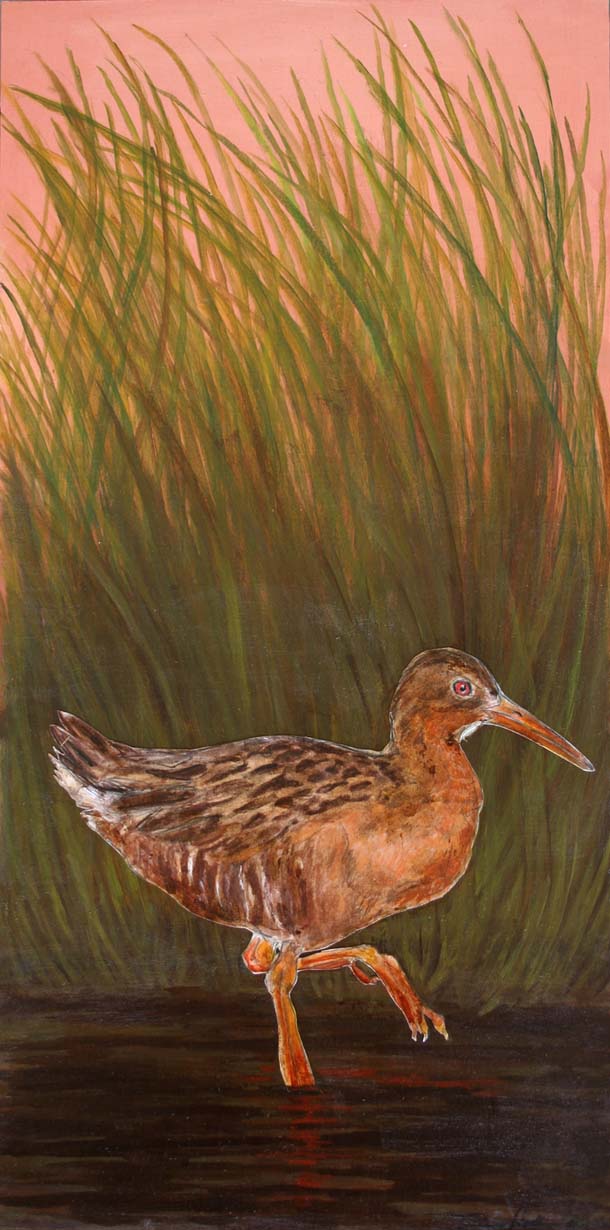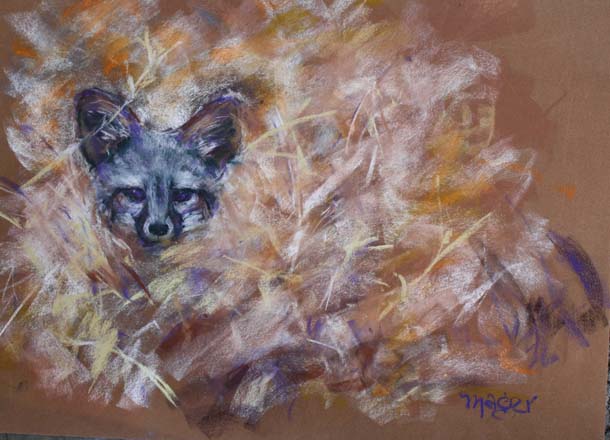It’s easy to get depressed about the loss of biodiversity when every day, it seems, some new species pops up on a watch list like a death toll.
But there are success stories that offer rays of hope in a world beset by climate change and habitat destruction.
In 2008, retired psychotherapist Robbie Brandwynne was perusing the San Francisco Chronicle when she came across a story about brown pelicans being taken off the threatened and endangered species list.
“I thought about it and realized that’s not the kind of news people get in front of their faces very often,” she said. “Everyone needs that kind of message, particularly young people who feel they are inheriting a world that is pretty damaged.”
So Brandwynne sprang into action. Her outlet? Art. Over the course of more than two years, the hobby watercolorist and quilter gathered contributions from fellow artists depicting species saved from the brink of extinction through conservation and restoration efforts.
The culmination of her work opens on Tuesday, May 1, at the Tilden Nature Area Environmental Education Center in Berkeley. “Celebration: Illustrating the Success of Conservation through Art” includes 55 artists who each chose a species to portray. The vast majority of artists are from the Bay Area, and a heavy focus is on California and Bay Area species.
Brandwynne said the hardest part of the project was not finding artists to contribute to her vision, but coming up with the list of species. Apparently, success stories aren’t all that well publicized, and she wanted her list to be impeccably accurate. Part of the problem is that many species have different population statuses across the country. Brandwynne called naturalists, rangers and conservation organizations to verify the status of species.
“Things can be said are in good shape locally and aren’t in the U.S.,” she said. “That’s part of the picture — that it’s a regional, local battle (to save species).”
Her list includes some of the most charismatic animals: the brown pelican, the Sierra bighorn sheep, the bald eagle, and peregrine falcon. Brandwynne fell in love with the Channel Island kit fox
, a conservation success story like none other. The foxes were threatened by golden eagle predation and other problems but made a comeback thanks to a captive breeding program and eagle relocation efforts.“They’re 6 pound foxes, the most adorable little things ever seen,” she said.
It turned out to be much harder to include plants on the list. She ended up pulling species from publications of the California Native Plant Society.
“Basically people tell you it’s almost impossible to preserve native plants because of the continuous onslaught of nonnative species,” she said.
The exhibit also includes several pieces from rangers as part of a collaborative effort with a Tilden naturalist James Wilson. Brandwynne said the show made it entirely off donations from artists, who will also be selling their work, because she didn’t want to take money needed for on-the-ground conservation work.
“The pelican because it’s so primordial and goofy and at the same time stunning, especially in flight,” she said.
The show will open from May 1 through the end of August. Visitors can see the pieces during normal business hours at Tilden Natural Area Environmental Education Center in Berkeley, at the north end of Central Park Drive in Tilden Nature Area, Berkeley. There is also a schedule of speakers.

.jpg)


-300x200.jpg)
-300x193.jpg)